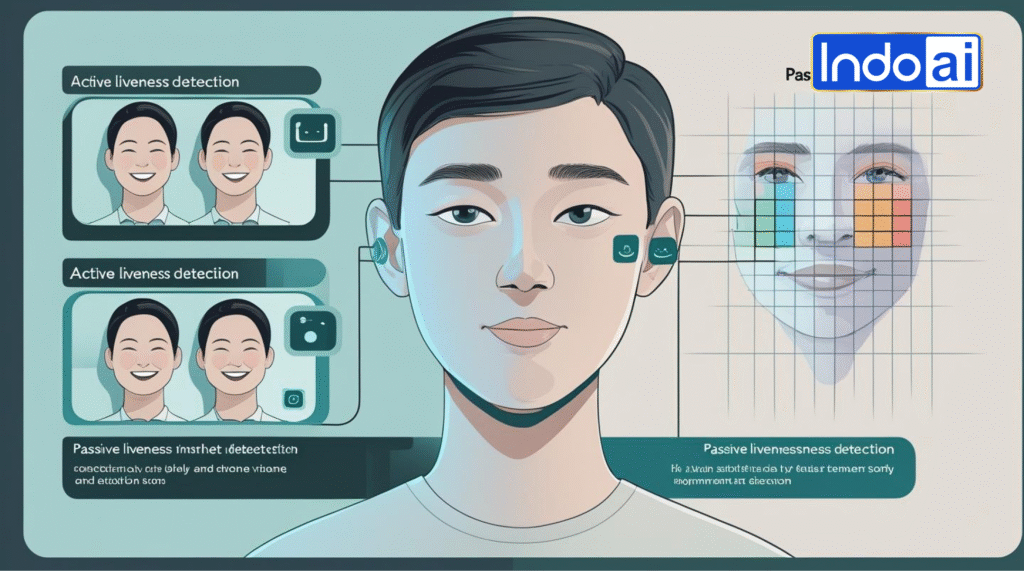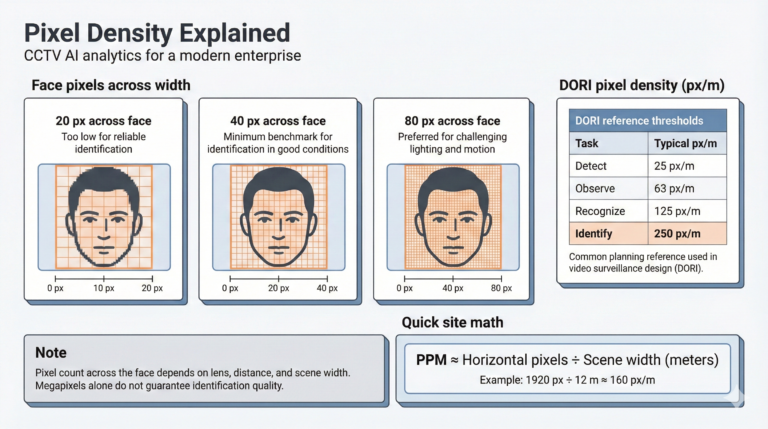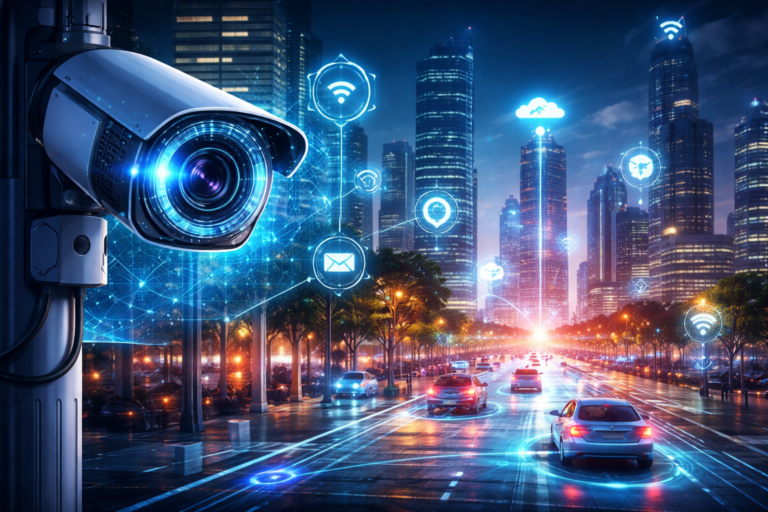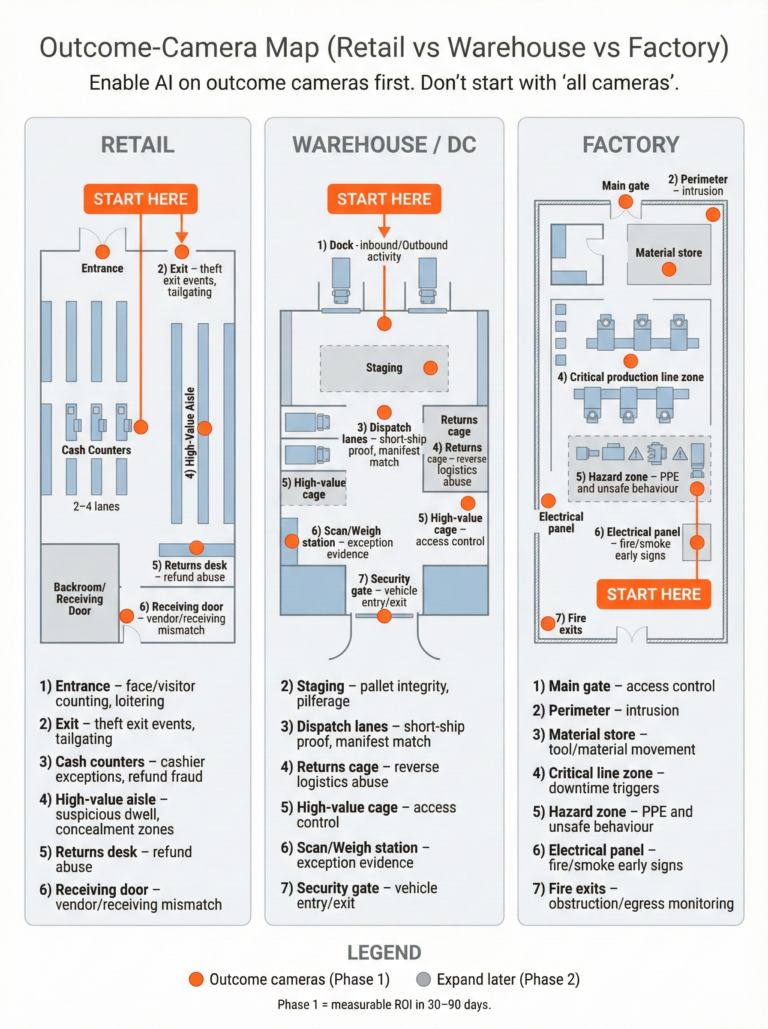Liveness detection is a process that verifies if a biometric sample, such as a face or a fingerprint, is from a real person or a fake representation. It is an essential security feature for biometric systems, as it prevents spoofing attacks that aim to deceive or bypass the identification and authentication steps. In this blog post, we will explore two types of liveness detection methods: facial liveness and QR liveness.
What is Facial Liveness?
Facial liveness is a technique that uses algorithms to analyze the facial features and movements of a person who is presenting their face to a camera. The algorithms can detect if the face is real or fake, based on various factors such as texture, depth, reflection, blinking, smiling, head rotation, etc. Facial liveness can be classified into two categories: active and passive.

Active facial liveness requires the user to perform some actions or respond to some challenges, such as turning their head, blinking, or smiling. The system then verifies if the user’s face matches the expected behavior and response. Active facial liveness can be effective in detecting simple spoofing attacks, such as using printed photos or videos, but it may also introduce user friction and inconvenience. Moreover, active facial liveness may not be able to detect more sophisticated attacks, such as using 3D masks or deepfakes.
Passive facial liveness does not require any user participation or interaction. It analyzes the facial image or video in a single shot or in real time, and determines if it is from a live person or not. Passive facial liveness can use various techniques, such as analyzing the texture, color, lighting, and noise of the image; detecting micro-movements and blood flow of the face; or using artificial intelligence and deep learning to learn from large datasets of real and fake faces. Passive facial liveness can offer a more seamless and user-friendly experience, as well as a higher level of security against advanced spoofing attacks.
What is QR Liveness?
QR liveness is another technique that uses QR codes to verify the liveness of a person. QR codes are two-dimensional barcodes that can store information such as URLs, text, or images. QR liveness works by generating a dynamic QR code on the screen of a device, such as a smartphone or a tablet, and asking the user to scan it with another device, such as a web camera or another smartphone. The system then checks if the scanned QR code matches the original one, and if it contains any information about the user’s face or identity. QR liveness can prevent spoofing attacks that use static images or videos of a person’s face, as the QR code changes every time and requires a live scan.
What is Dynamic QR Code?
A dynamic QR code is a type of QR code that can be edited or updated after it’s created. Unlike static QR codes with fixed information, dynamic QR codes offer flexibility, making them ideal for applications where the linked content may change, such as marketing campaigns, event promotions, and real-time information sharing. They often come with tracking and analytics features and are managed through online platforms for easy updates.
QR liveness can also be combined with facial recognition to enhance the security and accuracy of biometric verification. For example, after scanning the QR code, the user may be asked to take a selfie with their device and upload it to the system. The system then compares the selfie with the photo stored in the QR code or in a database, and verifies if they match. This way, QR liveness can ensure that the person who scans the QR code is also the person who owns the device and the identity.
Liveness detection is an important component of biometric systems that can protect against fraud and identity theft. Facial liveness and QR liveness are two examples of liveness detection methods that can offer different levels of security and convenience for users. Depending on the application and context, biometric systems may choose one or both methods to achieve optimal results.
References:
- Oz Forensics – Liveness detection and biometric software
- Passive Facial Liveness Detection with IDLive® Face | ID R&D
- HyperVerge | The Complete Identity Verification & AML Solution
- How to pass KYC (Know Your Customer) – Sumsub
Source:
- Oz Forensics – Liveness detection and biometric software.
- Passive Facial Liveness Detection with IDLive® Face | ID R&D.
- HyperVerge | The Complete Identity Verification & AML Solution.
- How to pass KYC (Know Your Customer) – Sumsub. .
- Liveness detection – face & fingerprint (anti-spoofing) | Thales.
- Liveness Detection with OpenCV – PyImageSearch.
- Face Liveness Detection | Anti-Spoofing | Biometrics | PAD – BioID.
- Liveness Detection – Definition, FAQs – Innovatrics.
- Liveness Detection – Biometric Identity Verification | Daon.
- face-liveness-detection · GitHub Topics · GitHub. https://github.com/topics/face-liveness-detection.
- Face Liveness Detection: Everything You Need to Know About.
- Facial Recognition Liveness Detection: An Essential Biometric Layer.




